what are you looking for?
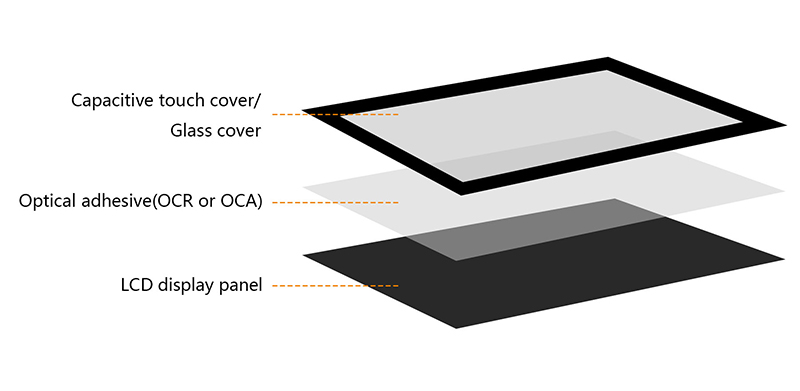 Optical Bonding: A Key Technology for Enhancing LCD Display Performance
Optical Bonding: A Key Technology for Enhancing LCD Display Performance
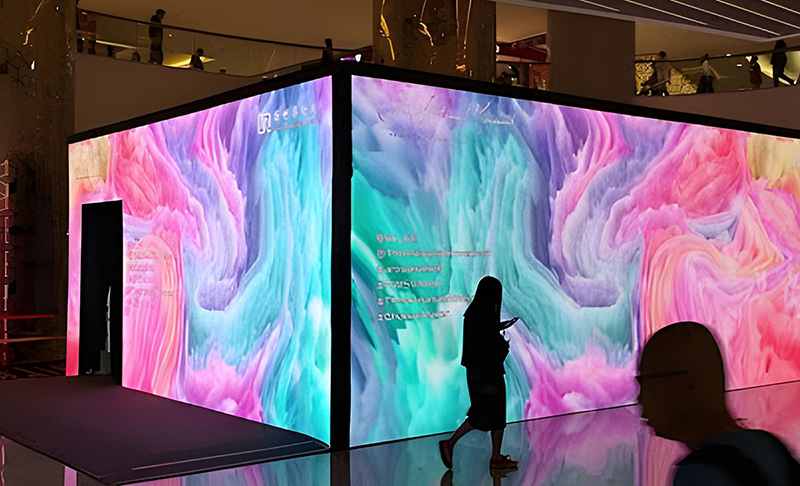 SMD Packaging: The Key Driving Force Behind LED Displays
SMD Packaging: The Key Driving Force Behind LED Displays
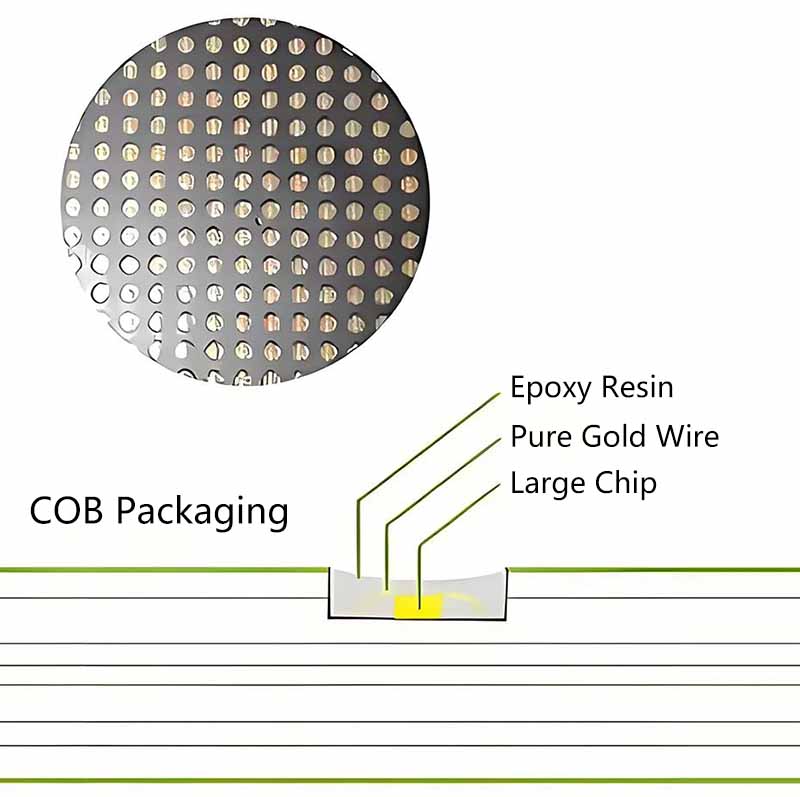 A 3-Minute Guide to Gold and Copper Wire Bonding in LED Displays
A 3-Minute Guide to Gold and Copper Wire Bonding in LED Displays
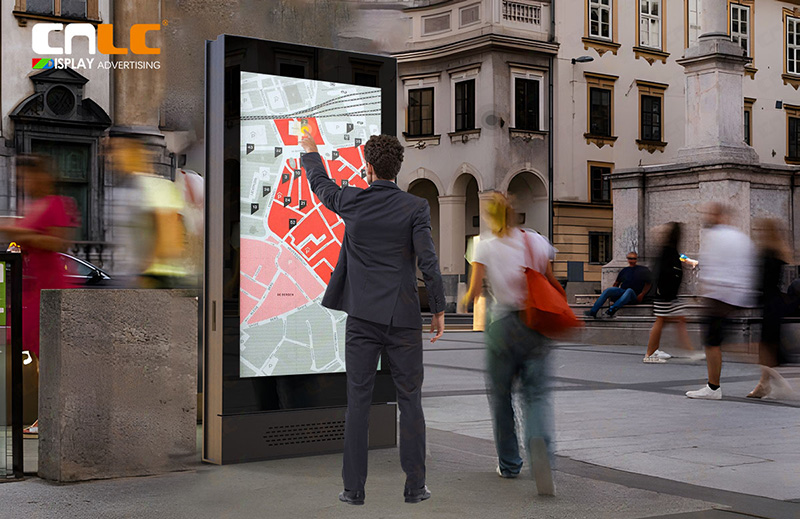 Evolution of Mupi: From Static Advertising to Smart City Infrastructure
Evolution of Mupi: From Static Advertising to Smart City Infrastructure
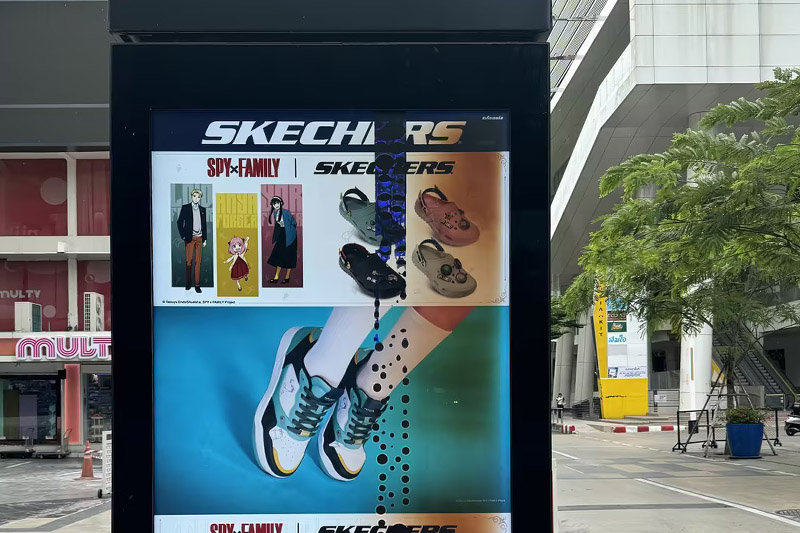 How to Prevent LCD Screens from Blacking Out Due to Sun Exposure in Outdoor Digital Signage
How to Prevent LCD Screens from Blacking Out Due to Sun Exposure in Outdoor Digital Signage
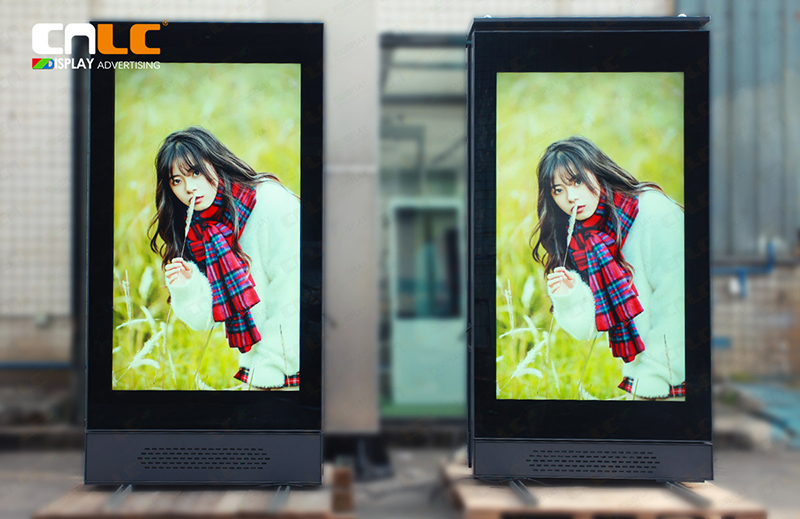 How to Choose the Right LCD Display: A Comprehensive Buying Guide
How to Choose the Right LCD Display: A Comprehensive Buying Guide
 How Digital Signage Advertising Displays Can Become a Marketing Powerhouse for the Paris 2024 Olympics
How Digital Signage Advertising Displays Can Become a Marketing Powerhouse for the Paris 2024 Olympics
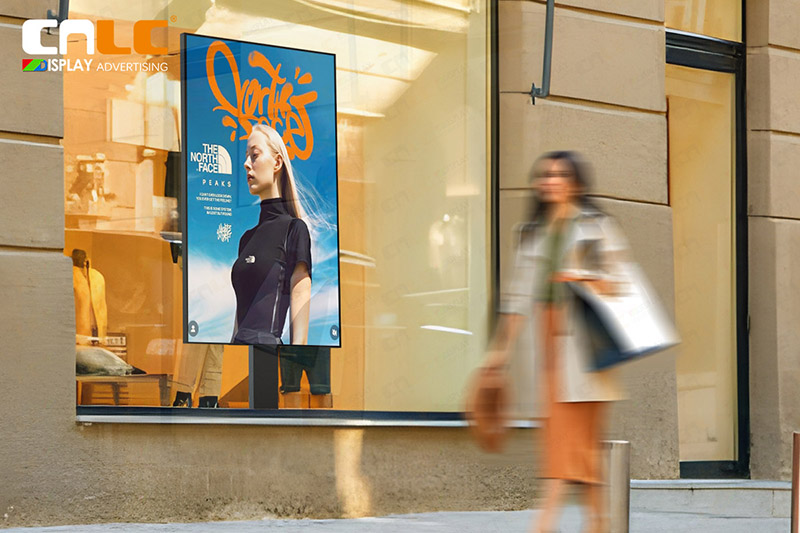 8 Essential Factors to Consider When Choosing LCD Digital Signage for Shop Windows
8 Essential Factors to Consider When Choosing LCD Digital Signage for Shop Windows
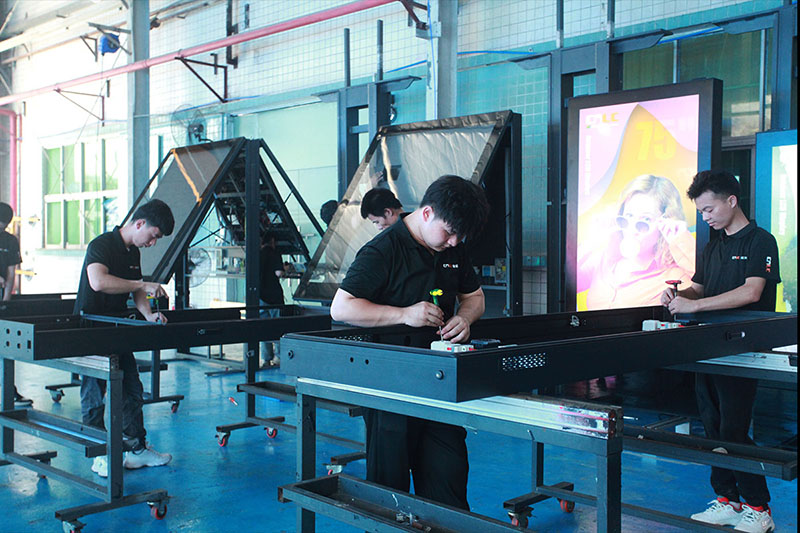 Ensuring Quality: The Rigorous Testing Process of CNLC's Advertising Machines
Ensuring Quality: The Rigorous Testing Process of CNLC's Advertising Machines
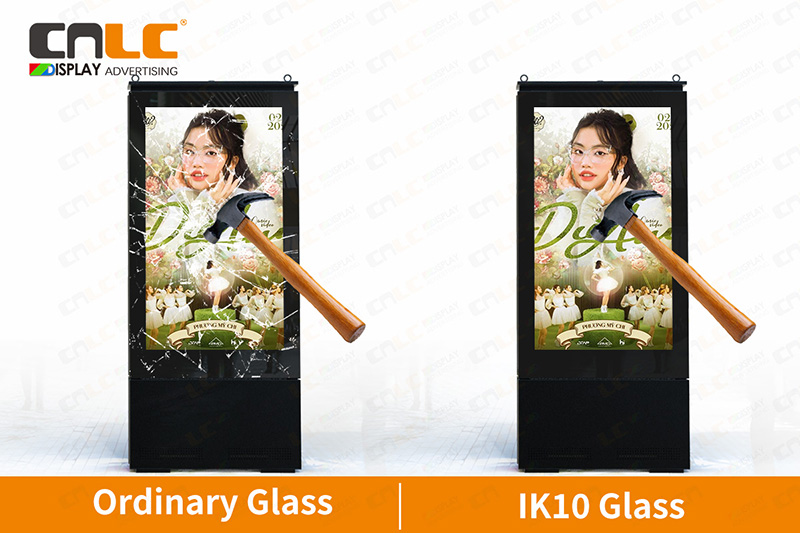 Outdoor Digital Signage: The Ultimate Protection with Double-Laminated Glass
Outdoor Digital Signage: The Ultimate Protection with Double-Laminated Glass
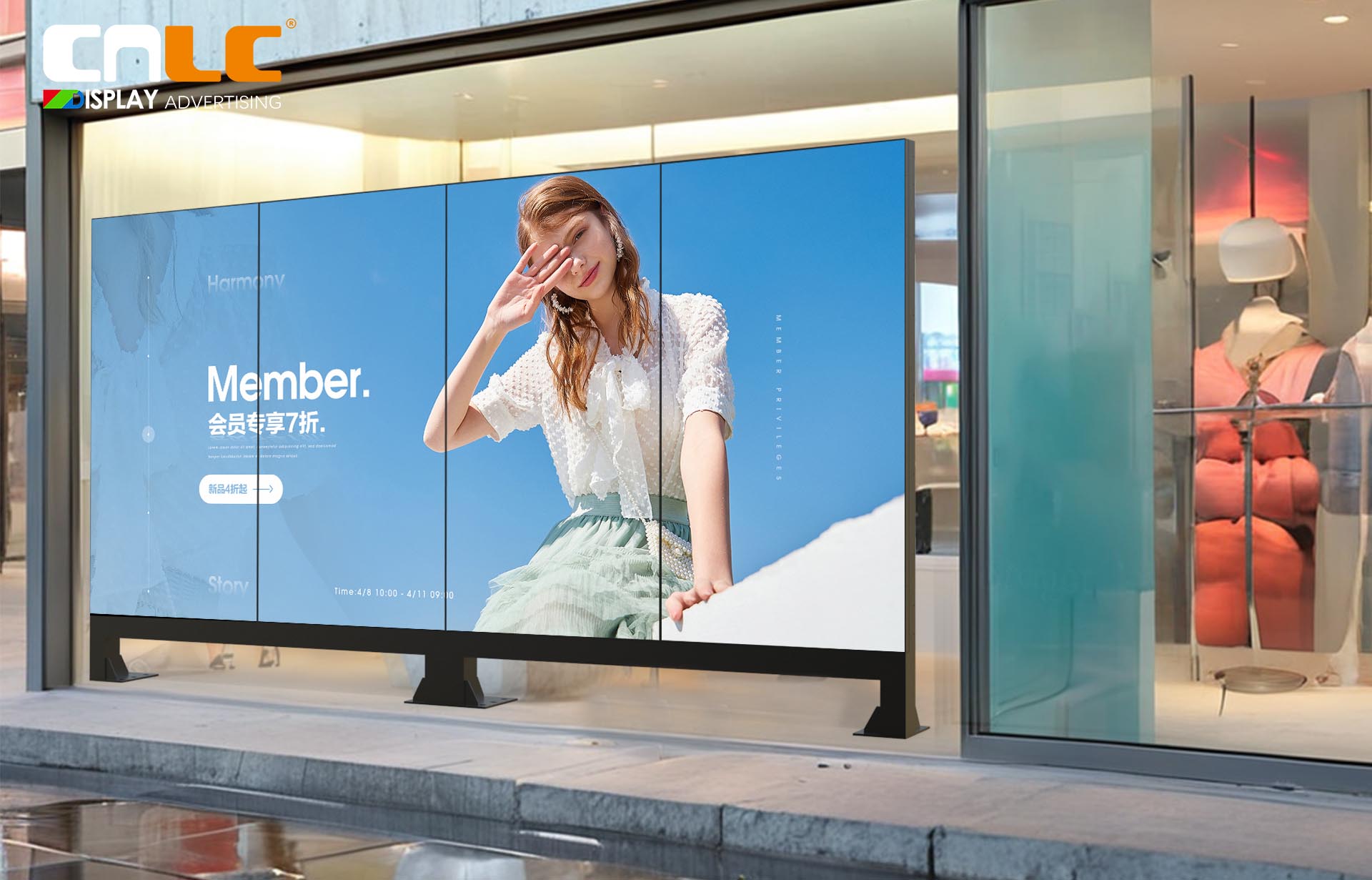 LCD Splicing Screen vs. LED Screen: Differences and How to Choose
LCD Splicing Screen vs. LED Screen: Differences and How to Choose
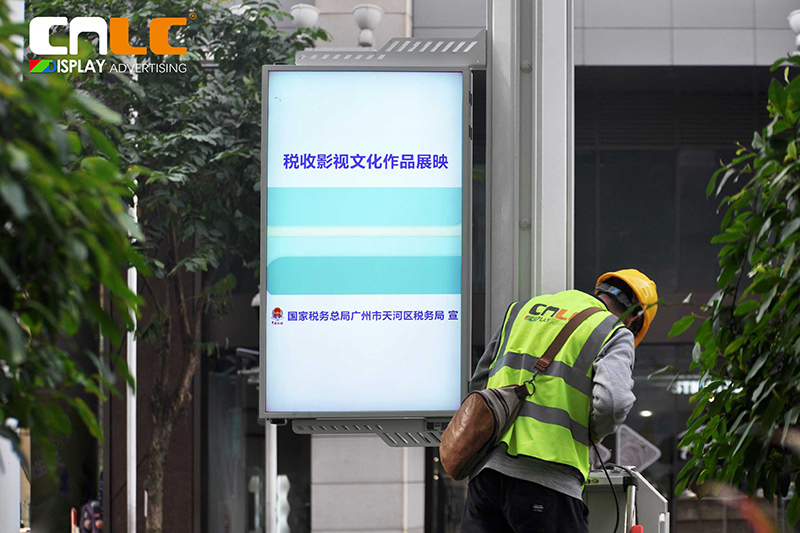 Understand LCD Flag Totems in 2 Minutes
Understand LCD Flag Totems in 2 Minutes

 Tel : +86 18688410533
Tel : +86 18688410533 Email : info@cnlcdisplay.com
Email : info@cnlcdisplay.com STAY CONNECTED Get our news, offers, and more...
STAY CONNECTED Get our news, offers, and more...









